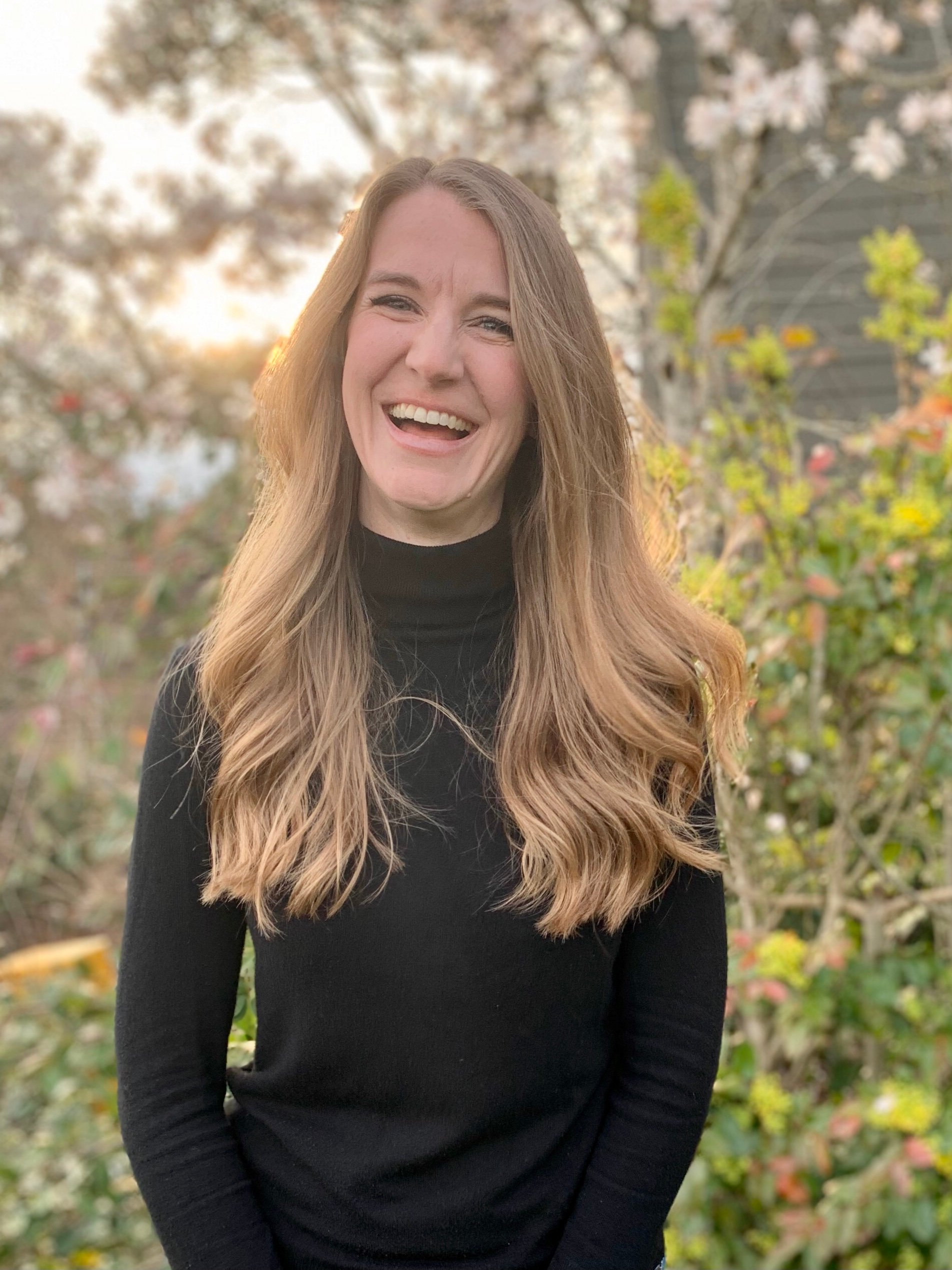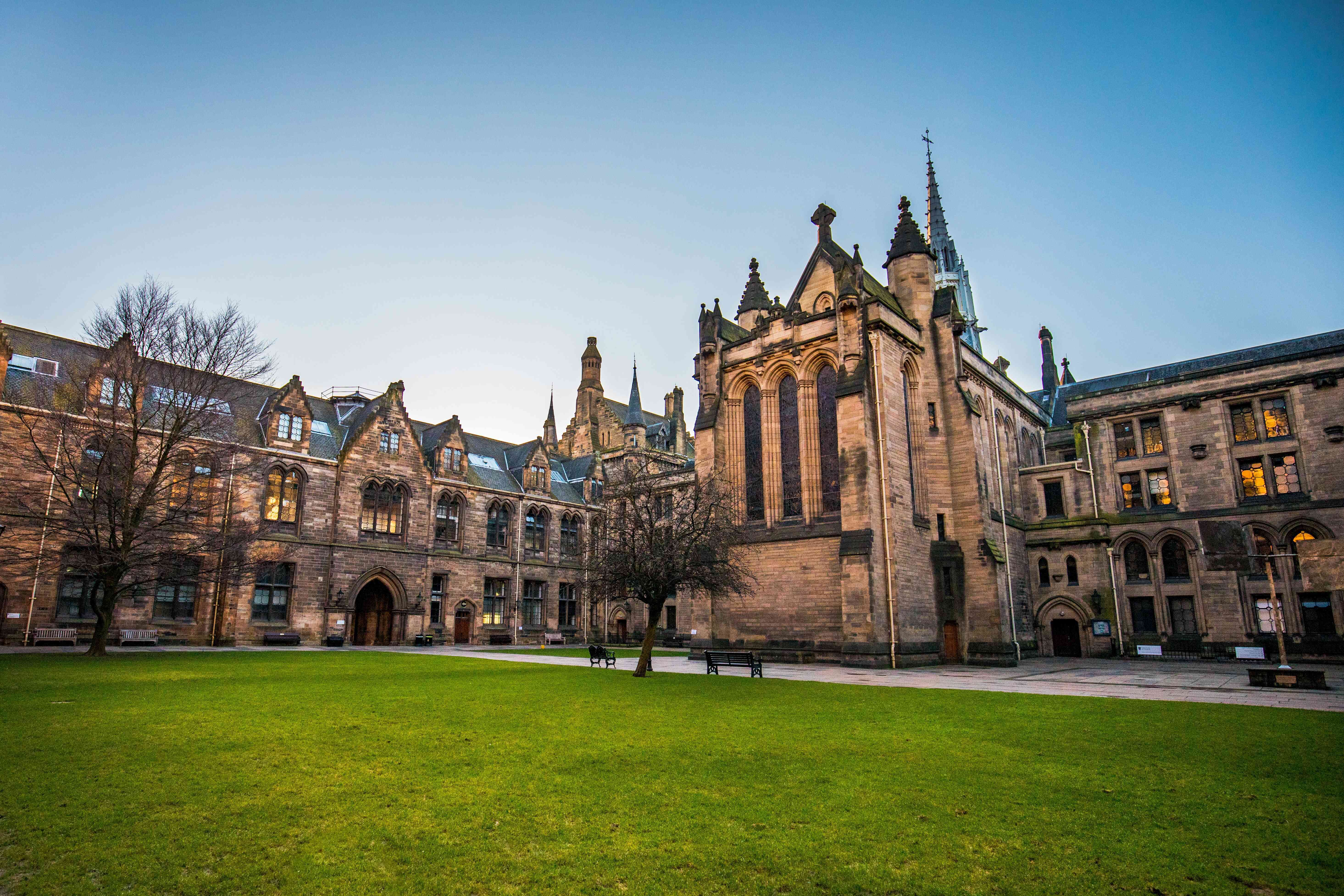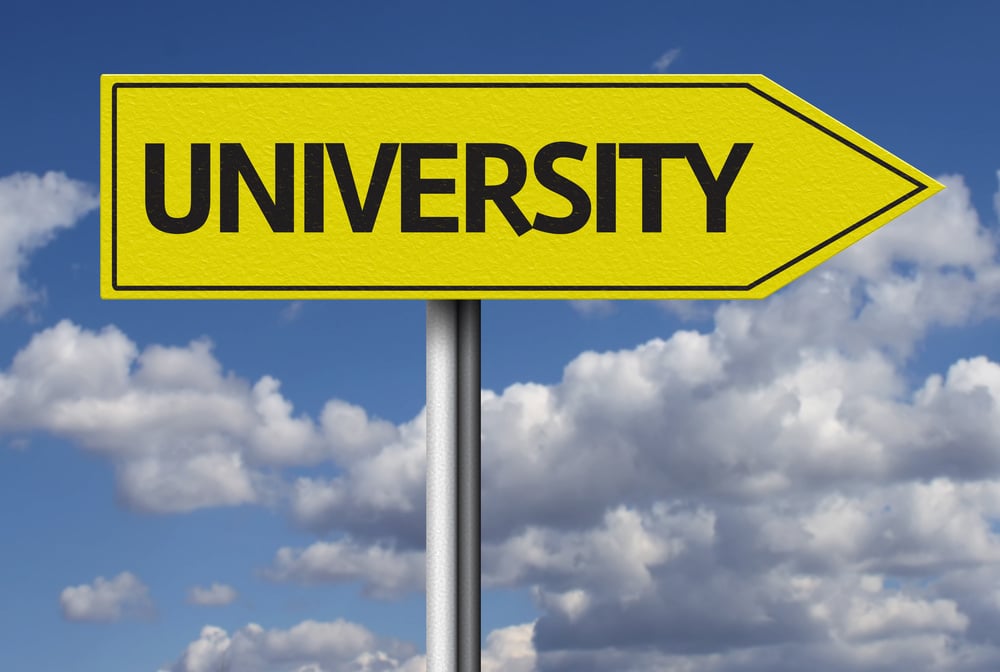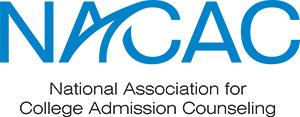You might think that my dozen years of experience in college admissions is what landed me my job at Collegewise, where we help hundreds of students a year gain admission to their best-match school. But I’m convinced I was hired at Collegewise because of my liberal arts college education.
Wisers, as we call ourselves, are a bunch of nerds. We love learning and continually bettering ourselves as experts in our field. We work collaboratively, sharing our individual experiences and areas of impact with the larger whole. We communicate our knowledge efficiently across different platforms and to diverse populations. And we adapt as the needs of our students and families change, and the wild, wild west of college admissions just gets more wild.
Lifelong learning, collaboration, effective communication, critical thinking, and adaptability. My liberal arts education instilled these in me as core values, ones that are shared by Collegewise.
And, for what it’s worth, years of data collection from top business executives and hiring managers show that 80% agree all students need a strong foundation in the liberal arts and that these skills are some of the most important their employees can have.
This blog will walk you through the what and why of liberal arts colleges. Who should go to a liberal arts college? What jobs can you get after you graduate? In the end, you’ll be introduced to 10 of the best liberal arts colleges to consider adding to your list.
What Are the Liberal Arts?
To get historical, the liberal arts originate back to Ancient Greece when scholars studied grammar, logic, rhetoric, music, geometry, arithmetic and astronomy as crucial pillars to understanding and participating in life and society. Liberal arts educational models were carried through the Middle Ages and into the founding of America. In fact, the five oldest colleges in the U.S. all have roots in the liberal arts, even if they don’t identify as liberal arts colleges to this day: Harvard University (yes, Harvard!), College of William & Mary, St. John’s College, Yale University, and Washington College.
There are so many misconceptions about liberal arts colleges, largely stemming from the name. It’d be really easy to think that attending a liberal arts college means you’ll be surrounded by people with liberal political beliefs who want to study painting and poetry. Don’t get me wrong. Those people attend liberal arts colleges. But so do people with conservative political beliefs who want to study biochemistry.
Instead, consider the word “liberal” as it might apply to an ice cream sundae. You want to be liberal in your construction of the sundae - lots of ice cream, lots of toppings, covering every inch. And you want variety - variety in the things you like, but also the things you might be trying for the first time. Chocolate-covered gummy bears? Sure! Why not?
Then, when you’ve liberally built your sundae, you want to liberally dive in and enjoy! You want to try everything, all the different combinations of flavors. What works together? What doesn’t?
Your ice cream sundae is your education at a liberal arts college. Expansive. Multi-flavored. Hands-on. And, most importantly, delightful
Why Should You Go to a Liberal Arts College?
There are so many reasons you may choose to attend a liberal arts college, but there are four I’d like to highlight:
- Students are drawn to the open exploration and autonomy of a liberal arts education. Just like what you’d hope for when building a sundae, there’s a lot of choice and flexibility. Students typically don’t have to declare a major until the end of their second year and have freedom to double major and add minors. They’re not locked into one particular program from day one and experience an interdisciplinary core curriculum regardless of chosen major.
- Learning goes far beyond facts and figures at a liberal arts school. No matter what you study, the focus will be on building lifelong skills that make you marketable and adaptable, like critical analysis and innovation and how to communicate across mediums and in diverse settings. Liberal arts colleges prepare graduates to answer the questions of the future and work in careers that don’t even exist yet.
- Liberal arts and sciences colleges are largely residential, meaning you are living where you’re learning. There’s a strong focus on experiential learning, with lots of support and easy access to internships, research, career development, and study abroad programs. Liberal arts and sciences colleges aim to help students grow as whole people - mind, body, and spirit.
- You’ll most often hear people talk about the tight-knit and collaborative communities at liberal arts colleges. Focused on undergraduate instruction and with smaller student body populations, you know your professors and your professors know you. Your peers will cheer you on and be crucial teammates in your journey.
10 Best Liberal Arts Colleges
At Collegewise, you’ll never hear us say anything is “the best'' in a counseling meeting. (Unless we’re talking about Taylor Swift songs!) That’s because what is “the best'' depends entirely on the student in front of us. Many other companies will promise a secret sauce to admission or plug you into a one-size-fits-all approach, but at Collegewise our work is individualized and grounded in student self-reflection. You may not like Taylor Swift, and just because she shows up on a list of “The Best Artists of All Time'' doesn't mean you have to start listening to her exclusively. The same thing goes for finding your college match. Think about your likes and dislikes, your goals and family values. This reflection will help you determine what “the best” is for you.
All that being said, here’s a list of 10 schools that provide distinct opportunities in a liberal arts environment and are known to help students develop in all the areas already discussed in this blog. Some schools you may have heard of before. Others may be new to you. Lean into the liberal arts thought process now and remain open-minded to all of your options.
Williams College
On any other ranking of “best colleges”, particularly liberal arts colleges, you’ll find Williams. Let’s talk about why. They’re committed to providing a top-tier liberal arts experience to a small, undergraduate-focused student body. Their 7:1 student-to-faculty ratio is already one of the smallest you’ll find. But if an even more intimate learning environment is what you seek, you’ll find it in Williams’ distinct “tutorials” which allow two students and one professor to dive deep into a subject. Nearly half of the study body will participate in academic research and study abroad, often during Winter Study which is a 4-week term sandwiched between semesters. A robust, accomplished, and proud alumni base engage with current Ephs to ensure they are well-connected and prepared for their future careers, leading to about 75% of students gaining employment immediately after graduation and earning starting salaries averaging around $93,000. The other 25% pursue further education, fellowship or service positions. There’s no denying that Williams has the resources to be among the best.
The Claremont Colleges*
I’ll admit that I’m cheating a bit by sneaking 4 extra schools onto the list. However, to choose only one school from The Claremont Colleges just wouldn’t seem right. This consortium is composed of Pomona College, Claremont McKenna University, Scripps College, Harvey Mudd College and Pitzer College (along with two graduate institutions) and provides all of the benefits of attending a liberal arts college combined with the grander opportunities of a large university. Each campus has a distinct personality and variations in academic and extracurricular offerings, but students are able to hop between them all in pursuit of their interests. For example, you may be enrolled at Harvey Mudd but take a study abroad program offered through Pomona and join a choral group at Scripps. Admission to any of the Claremont Colleges is highly selective but understandably so when you’re really gaining entrance into 5 fantastic liberal arts colleges.
Lawrence University
In the liberal arts you never have to be just one thing. Students at Lawrence University are a wonderful example thanks in large part to their Conservatory of Music. Serious composers, instrumentalists, thespians and dancers don’t have to sacrifice broader studies and other interests when they attend Lawrence. They offer the country’s only dual degree program (which nearly 50% of conservatory students participate in!) where students can earn a Bachelor of Arts from the College of Arts & Sciences in one of their 36 different major areas and a Bachelor of Music from the Conservatory in 5 years. Ever heard the theory that musicians make the best doctors? Put it to the test at Lawrence!
Colgate University
Many students believe that they have to attend a large, public university in order to have the “rah-rah, school spirit at the big game” experience. Myth busted when you look into Colgate! With 23 NCAA Division I athletic teams and more than 50 club and intramural sports programs, there’s pretty much always a sporting event happening on campus. The men’s basketball program has made 4 appearances in the NCAA tournament in the past 5 years, and Colgate was the only DI school to have both men’s and women’s hockey teams win their conference tournaments this season. Just trekking the steep hill of the Colgate campus to and from games will remind you that you’re receiving the hallmark liberal arts experience - holistic development, mind, and body!
Goucher College
At Goucher College it is a requirement to study abroad. Engineering student? Basketball player? Attending with a significant financial aid award? Yes, you’re still going to study abroad! There is a wide variety of programs to choose from: 6 continents, over 40 countries, year-long, semester-long, and 3-week intensive programs. Every student receives individualized advising on which program may fit best in their college journey and attends two pre-program orientation courses to ensure they make the most of their time abroad. What better way to learn about the world and determine your place in it than through immersive cultural and academic experiences? It’s no surprise that Goucher graduates go on to pursue careers on a global scale and further their education at a dozen different international universities.
Colorado College
The liberal arts may be rooted in historical tradition, but the academic structure at Colorado College is anything but traditional. Their well-known block schedule allows students to take one class at a time, diving deeply into the content and engaging with singular focus. If you’re someone who can get lost in a book or lose hours researching a topic online, the block plan at CC is a good match for you! Each block lasts 3 ½ weeks and students take 8 blocks a year. Between blocks, students have 4 day breaks to pursue recreational interests like hiking trips and service projects (not that they don’t pursue these things during block, too). Shopping through the hundreds of fascinating, interdisciplinary courses offered will likely fill up your schedule quickly. But the liberal arts are about creative inquiry and asking complex questions, so CC offers students the opportunity to design their own block or even a full major.
St. John’s College
As the third oldest institution of higher education in the United States, St. John’s College holds strong to one of the most traditional approaches to liberal arts education you can find. Every student earns a Bachelor of Arts degree in Liberal Arts, and as they say, “Life doesn’t have majors; neither does St. John’s”. All students study all subjects using classic texts in what they call the “Great Books curriculum”. Professors are called “tutors” who never lecture and instead guide students through questions and scholarly collaboration. As a Johnnie, you’ll study philosophy, history, math, music, language, politics, ethics, psychology, art, and so much more. Remember that list of undergraduate schools represented in the recently admitted class to Harvard Law? St. John’s is on it, and probably has been for a long time as every Johnnie who has applied to law school since 2012 has been accepted. You can’t deny their preparation when you know they’ve spent four years ingesting, dissecting, analyzing, and defending all of the world’s greatest thoughts and theories.
Smith College
Author’s note: I could make another list of the 10 best liberal arts colleges that were also women’s colleges because the two are bonded by a core tenet - holistic, student-centered education that provides equal and ample opportunity to learn within and beyond the academic realm. If you want to learn more, check out the Collegewise Guide to Women’s Colleges!
Who runs the world? Girls! Beyoncé sang it, Smith College lives by it and has since its founding in 1871. Their mission is to educate women for lives of purpose, and they do so by buoying them with autonomy, community and possibility. Beyond their major, of which there are 50 to choose from, students do not complete graduation requirements. They enjoy open exploration of electives and are personally guided by faculty advisors in developing “essential capacities” like creativity and resilience. Smith students make their voices heard through public discourse, perhaps practiced at a Friday Tea on campus, and in a writing-enriched curriculum. With eyes on the future, many Smith women build upon their liberal arts education by pursuing an accelerated master’s program offered in subjects ranging from architecture to microbiology.
Berea College
Students at Berea College do not pay tuition. Yes, you read that right. How is that possible? Alongside generous financial aid, Berea is a “work college” where every student has a job on campus. Jobs range from animal care at the college barn to software development, and the overall program is structured in a way that responds to and rewards students for their growing skills and responsibilities just like in the real world. Academically, Berea students engage in a traditional liberal arts curriculum, choosing one of 30 areas of study and filling their remaining classes with interdisciplinary studies. The combination of required work and the liberal arts leads to students, and graduates, who truly understand the interdependence of the world and the part they play in it.
Reed College
Imagine on your very first day of college you get in a heated debate with 8 other students and a philosophy professor on the ethics of free speech. The debated topic may be different, but the deep thinking and scholarly collaboration is what you can expect from Humanities 110, the required first-year class students take at Reed College. Assignments in the class are not given letter grades. Instead, Reed students meet one-on-one with their professors to engage in feedback and intellectual growth directly. The culminating demonstration of a Reedie’s academic prowess? Senior thesis, tackling a problem or question - theoretical, scientific, creative - that holds importance to them. Upon completion of senior thesis, students receive golden laurels, paying homage to the Grecian roots of the liberal arts.
What Can You Do After Graduating From a Liberal Arts College?
Anything! Liberal arts graduates work in every field and industry. They are lawyers, doctors, business owners, educators, artists, civil servants, engineers, and on and on.
Don’t believe me? Check out this list from Harvard Law of undergraduate schools represented in their recent admitted class. Over 30 are liberal arts colleges! Or read the Collegewise blog about 3 hidden gem schools that have some of the highest medical school placements in the country.
You can be a movie star: Steve Carell went to Denison University and Meryl Streep went to Vassar College.
You can be a political leader: Hillary Rodham Clinton went to Wellesley College, Speaker of the House Nancy Pelosi went to Trinity College (D.C.), and 6 former United States presidents attended liberal arts colleges.
You can be a business tycoon: Current CEOs at General Electric, Sara Lee, Burger King, Home Depot and Disney all attended liberal arts colleges.
And while my example of the valuable skills cultivated in a liberal arts education and their applicability to the workforce is mentioned above, one other than my own may be useful to drive the point home. Says Steve Jobs, “It is in Apple’s DNA that technology alone is not enough—it’s technology married with liberal arts, married with the humanities, that yields us the results that make our heart sing.” Did you know that you’d likely not be reading this blog post in its current font if it wasn’t for the calligraphy class Steve Jobs audited while he was a student at Reed College? In the liberal arts, everything has an equal opportunity to propel you to a lucrative life of contribution and impact.
Today, there are over 500 private and public liberal arts colleges in the United States. All of them will expose you to a range of academic subjects, nurture your independent thinking, present you with new experiences that could take you across the world or into the professional realm, give you lifelong friends and mentors, and launch you into a life of impact. I challenge you to go out and find 10 more of the “best liberal arts colleges” for you, based on your own values and interests. One of them may be your future college home.
About Us: With more than twenty years of experience, Collegewise counselors and tutors are at the forefront of the ever-evolving admissions landscape. Our work has always centered on you: the family. And just like we’ve always done, we look for ways for your student to be their best self - whether in the classroom, the applications, or in the right-fit college environment. Our range of counseling, test prep, academic tutoring, and essay management, all with the support of our proprietary platform, lead to 4x higher than average admissions rates.



/Blog%20CTAs%20(7).png?width=600&height=200&name=Blog%20CTAs%20(7).png)



